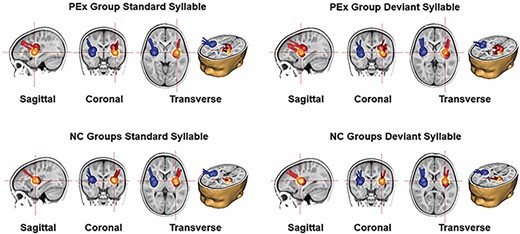2024-03-13 イリノイ大学アーバナ・シャンペーン校
<関連情報>
- https://aces.illinois.edu/news/milk-rescue-diabetics-illinois-project-creates-first-insulin-producing-cow
- https://analyticalsciencejournals.onlinelibrary.wiley.com/doi/10.1002/biot.202300307
トランスジェニック牛の乳汁中におけるヒト・プロインスリン産生 Human proinsulin production in the milk of transgenic cattle
Paulo S. Monzani, Juliano R. Sangalli, Rafael V. Sampaio, Samuel Guemra, Renato Zanin, Paulo R. Adona, Maria A. Berlingieri, Luiz F. C. Cunha-Filho, Irma Y. Mora- Ocampo, Carlos P. Pirovani …
Biotechnology Journal Published: 12 March 2024
DOI:https://doi.org/10.1002/biot.202300307

Abstract
Background
The worldwide growing demand for human insulin for treating diabetes could be supplied by transgenic animals producing insulin in their milk.
Methods and Results
Pseudo-lentivirus containing the bovine β-casein promoter and human insulin sequences was used to produce modified adult fibroblasts, and the cells were used for nuclear transfer. Transgenic embryos were transferred to recipient cows, and one pregnancy was produced. Recombinant protein in milk was evaluated using western blotting and mass spectrometry. One transgenic cow was generated, and in milk analysis, two bands were observed in western blotting with a molecular mass corresponding to the proinsulin and insulin. The mass spectrometry analysis showed the presence of human insulin more than proinsulin in the milk, and it identified proteases in the transgenic milk that could convert proinsulin into insulin and insulin-degrading enzyme that could degrade the recombinant protein.
Conclusion
The methodologies used for generating the transgenic cow allowed the detection of the production of recombinant protein in the milk at low relative expression compared to milk proteins, using mass spectrometry, which was efficient for detecting recombinant protein with low expression in milk. Milk proteases could act on protein processing converting recombinant protein to functional protein. On the other hand, some milk proteases could act in degrading the recombinant protein.


